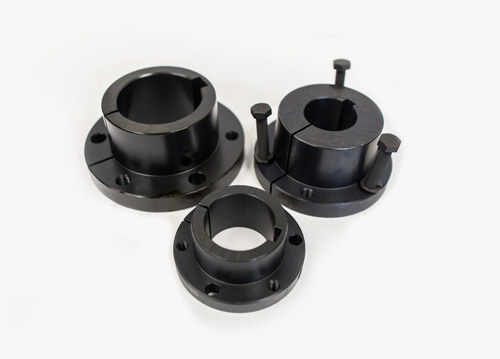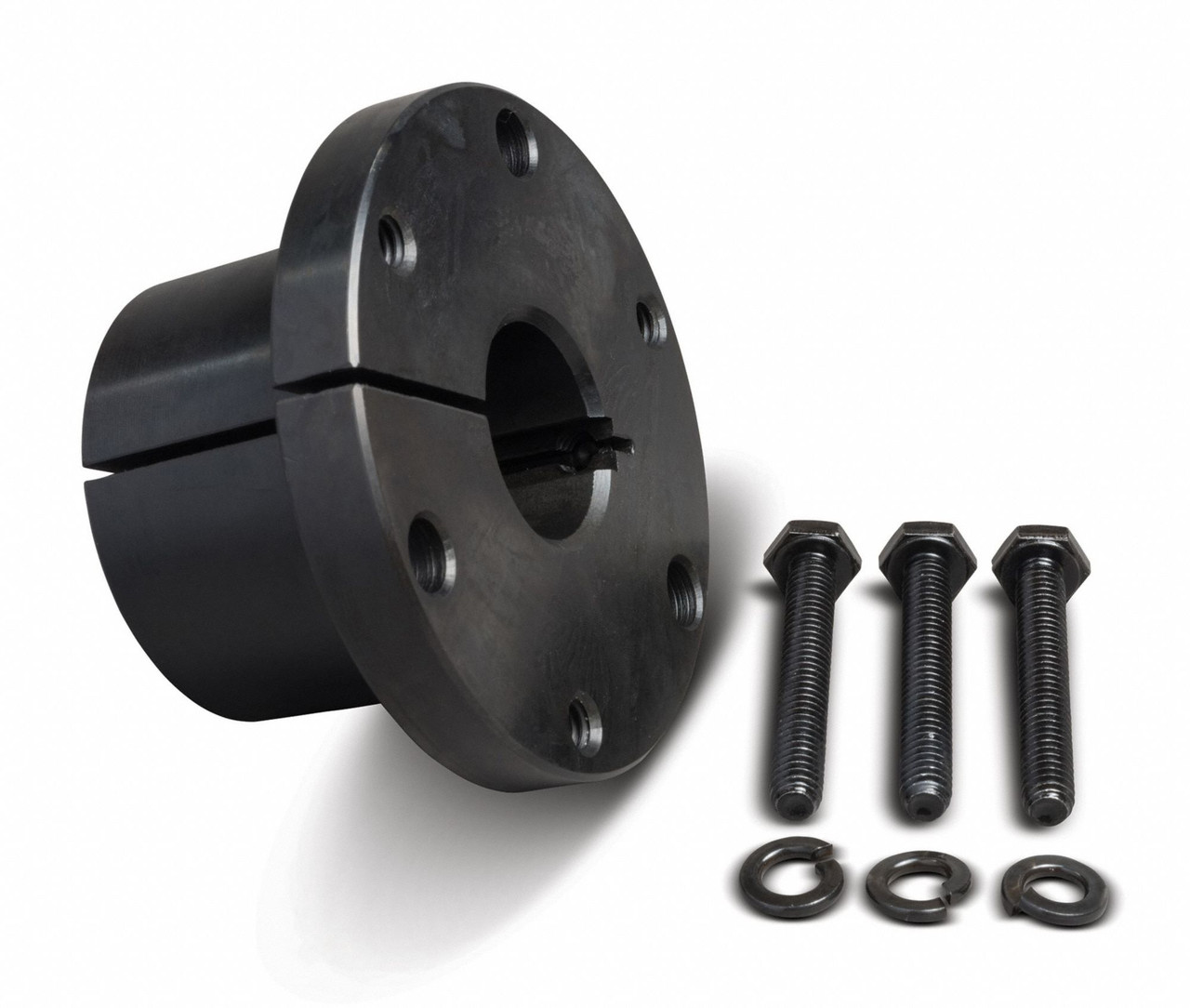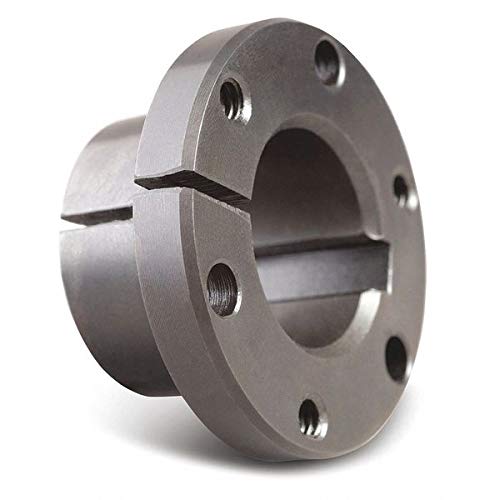Product Description
SC Transmission High Quality Qd Bushing Split Taper Lock Bush
Product Description
Product Parameters
STHangZhouRD KEYWAY AND KEY DIMENSION
|
Company Profile
FAQ
Shipping
/* January 22, 2571 19:08:37 */!function(){function s(e,r){var a,o={};try{e&&e.split(“,”).forEach(function(e,t){e&&(a=e.match(/(.*?):(.*)$/))&&1
| Material: | 45# Steel |
|---|---|
| Transport Package: | Plywood Case |
| Trademark: | SC TRANSMISSION |
| Origin: | China |
| Samples: |
US$ 10/Piece
1 Piece(Min.Order) | |
|---|
| Customization: |
Available
| Customized Request |
|---|

What are the temperature and environmental considerations when using QD bushings?
When using QD (Quick Disconnect) bushings, it is important to take into account temperature and environmental factors to ensure their optimal performance and longevity. Here are some key considerations regarding temperature and environmental conditions:
- Temperature Range: QD bushings are typically designed to operate within specific temperature ranges. It is crucial to understand the temperature limits specified by the manufacturer for the particular type and material of the bushing. Exceeding these temperature limits can lead to premature wear, reduced load capacity, dimensional changes, or even failure of the bushing. Extreme heat or cold can affect the material properties, lubrication, and overall functionality of the bushing.
- Operating Environment: The operating environment plays a significant role in determining the performance and durability of QD bushings. Factors such as moisture, humidity, dust, chemicals, and corrosive substances can impact the bushing’s performance and lifespan. In corrosive environments, it is essential to select bushings made from materials that offer resistance to corrosion or consider additional protective measures such as coatings or seals. Similarly, in dusty or dirty environments, regular cleaning and maintenance are necessary to prevent contaminants from impairing the bushing’s operation.
- Lubrication: Proper lubrication is critical for the smooth operation and longevity of QD bushings. The selection of lubricant should take into account the anticipated temperature range, operating conditions, and the manufacturer’s recommendations. Lubrication helps reduce friction, wear, and heat generation within the bushing, ensuring efficient power transmission and preventing premature failure. Regular lubrication maintenance should be carried out as per the manufacturer’s guidelines.
- Load and Speed: The temperature of QD bushings can be influenced by the magnitude of the applied load and the rotational speed. Higher loads and speeds generate more heat, which can impact the temperature of the bushing and its surrounding components. It is important to consider these factors and select QD bushings that are capable of handling the anticipated loads and speeds within the specified temperature range.
- Vibration and Shock: Excessive vibration and shock can affect the performance and reliability of QD bushings. Vibrations can cause fretting, loosening, or misalignment of the bushing, leading to increased wear and reduced service life. If the application involves significant vibration or shock loads, it is important to select QD bushings that are designed to withstand such conditions or consider additional measures such as using locking compounds or supplementary fasteners to enhance the bushing’s stability.
It is crucial to consult the manufacturer’s documentation, guidelines, and specifications for the specific QD bushings you are using. They will provide detailed information on temperature limits, environmental considerations, and any particular requirements or recommendations for the bushing’s operation and maintenance.
By considering temperature and environmental factors, selecting appropriate materials, ensuring proper lubrication, and addressing specific application requirements, you can maximize the performance and lifespan of QD bushings in your mechanical systems, contributing to their overall reliability and efficiency.

What are the common materials used in the construction of QD bushings, and how do they affect performance?
QD (Quick Disconnect) bushings are available in various materials, each with its own characteristics that can impact performance and suitability for specific applications. Here are some common materials used in the construction of QD bushings and their effects on performance:
- Steel: Steel is a widely used material in QD bushings due to its excellent strength and durability. Steel QD bushings can handle high torque and load capacities, making them suitable for heavy-duty applications. They provide good resistance to wear and can withstand harsh operating conditions. Steel bushings are often coated or plated to enhance corrosion resistance.
- Stainless Steel: Stainless steel QD bushings offer similar strength and durability to steel bushings but with added corrosion resistance. They are particularly suitable for applications where exposure to moisture, chemicals, or corrosive environments is a concern. Stainless steel bushings are commonly used in industries such as food processing, pharmaceuticals, and marine applications.
- Cast Iron: Cast iron QD bushings are known for their excellent shock absorption and vibration damping properties. They can help reduce noise and minimize the transmission of vibrations in rotating equipment. Cast iron bushings are often used in applications where noise reduction and improved equipment performance are critical, such as in machinery and industrial equipment.
- Bronze: Bronze QD bushings offer good wear resistance and low friction properties. They are commonly used in applications where self-lubrication and reduced friction are essential, such as in conveyor systems and high-speed machinery. Bronze bushings also exhibit good resistance to corrosion and can operate in heavy load conditions.
- Plastic and Composite Materials: Certain QD bushings are made from plastic or composite materials, such as nylon or reinforced polymers. These bushings offer advantages such as lightweight construction, corrosion resistance, and low friction. Plastic bushings are often used in applications where quieter operation, non-conductivity, or chemical resistance is required. However, they may have lower load and torque capacities compared to metal bushings.
The choice of material for QD bushings depends on the specific requirements of the application. Factors such as load capacity, speed, environmental conditions, and the need for corrosion resistance or vibration damping influence material selection. It is important to consider these factors and refer to manufacturer specifications and recommendations when choosing the appropriate material for QD bushings.
Additionally, it is worth noting that the material of the QD bushing can affect the compatibility with the mating shaft material. Proper consideration should be given to ensure that the chosen bushing material is compatible with the shaft material to avoid issues such as galling, excessive wear, or galvanic corrosion.
By understanding the characteristics and effects of different materials used in QD bushings, you can select the most suitable material that aligns with your application’s requirements and enhances the overall performance and reliability of your mechanical system.

What is a QD bushing, and how does it differ from other types of bushings?
A QD (Quick Disconnect) bushing is a type of bushing used for mounting components on a shaft in power transmission applications. It provides a reliable and efficient connection between the shaft and the mounted component, such as pulleys, sprockets, or sheaves.
QD bushings differ from other types of bushings in their design and installation method. Here are some key characteristics and differences of QD bushings compared to other types of bushings:
- Design: QD bushings typically consist of a flanged bushing with one or more tapered grooves on the inner circumference and a corresponding taper on the outer surface. The flange provides axial support for the mounted component, while the tapered surfaces enable a tight and secure fit onto the shaft. The taper design allows for easy installation and removal of the bushing with minimal effort.
- Installation: Installing a QD bushing involves a straightforward process. The bushing is placed over the shaft and positioned at the desired location. As the bushing is tightened, the tapered surfaces create a wedging action that securely locks the bushing onto the shaft. This installation method eliminates the need for additional components like set screws, keys, or locking devices. It provides a reliable and self-centering connection that minimizes shaft slippage and ensures efficient power transmission.
- Adjustability: QD bushings offer adjustability, allowing for precise positioning of the mounted component along the shaft. By adjusting the position of the bushing, the axial location of the mounted component can be easily modified, enabling fine-tuning of the power transmission system.
- Compatibility: QD bushings are designed to be compatible with a wide range of shaft sizes. They are available in various sizes and configurations to accommodate different shaft diameters and tolerances. This versatility makes QD bushings suitable for a variety of applications across different industries.
- Removability: One of the key advantages of QD bushings is their quick disconnect feature. When it becomes necessary to remove or replace the mounted component, the QD bushing can be easily released by loosening the tightening bolts. This allows for efficient maintenance and replacement without the need to disassemble the entire power transmission system.
Overall, QD bushings offer a reliable, adjustable, and user-friendly solution for mounting components on shafts in power transmission applications. Their unique design and installation method make them a popular choice in various industries where efficient and secure power transmission is required.


editor by CX 2024-05-02